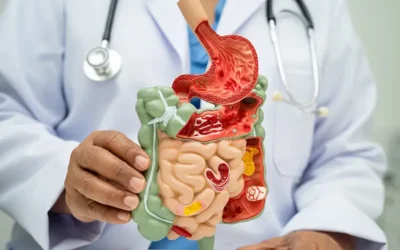Appropriate treatment and care are key to addressing urological disorders, which depends heavily on individual conditions. The duration of the treatment provided depends upon the gravity of the health condition. In comparison to other specialties, the coding and billing of urological disorders are intricate due to the complexity of the codes and terminologies. Medical billing and coding companies can accurately assign the medical codes and ensure timely submission of your medical claims.
Why error-free coding of urological disorders is important
- Urology extends to other specialties such as oncology, gastroenterology, pediatrics, andrology, endocrinology, and gynecology. This makes it distinct and difficult to understand.
- Mismanagement of the revenue cycle can occur when urologists have to focus on delivering excellent patient care and are hard-pressed for time
- Urology procedures are typically costly. Underpayment or non-payment of urology services rendered can substantially impact the practice.
- Health practitioners can have better control over the collections and denials of claims.
ICD-10 codes for common urological disorders
- C61- Malignant neoplasm of prostate
- N40.1- Benign prostatic hyperplasia with lower urinary tract symptoms
- N13.8- Other obstructive and reflex uropathy
- R33.9- Retention of urine, unspecified
- R33.0- Drug-induced retention of Urine
- R33.8- Other retention of urine
- N20.0- Calculus of Kidney
- N20.9- Urinary calculus, unspecified
- N20.2- Calculus of kidney and ureter
- N39.41- Urge incontinence
- N43.40- Spermatocele epididymis, unspecified
- N31.8- Other neuromuscular dysfunction of bladder
- C67.9-Malignant neoplasm of bladder, unspecified
- C67.0- Malignant neoplasm of trigone of bladder
- C67.3 -Malignant neoplasm of anterior wall of bladder
Surgical procedures in urology
- Incision
- Excision
- Transplantation
- Laparoscopy
- Endoscopy (Cystoscopy, urethroscopy, cystourethroscopy, etc.)
- Catheter introduction
- Repairs
CPT codes for urology surgeries
The CPT codes are assigned by categorizing them based on the organs like kidney, ureter, bladder, and urethra
- 50010-50593 – Surgical procedures on the kidney
- 50600-50980 -Surgical procedures on the Ureter
- 51020- 52700-Surgical procedures on the bladder
- 53000-53800-Surgical procedures on the urethra
A urology medical coding company can assist urologists to achieve a dynamic, denial-free revenue cycle by covering the most complicated portion of CPT codes. The coding process specifically addresses the nuances of urological disorders, and the services are affordable considering the quality, efficiency and turnaround time.




